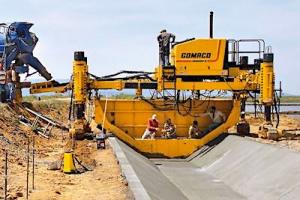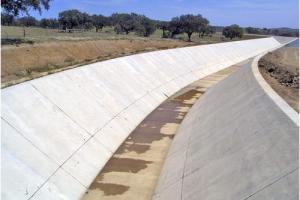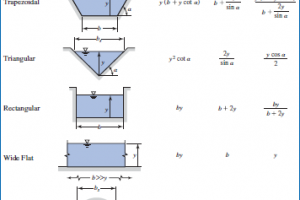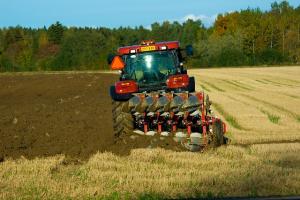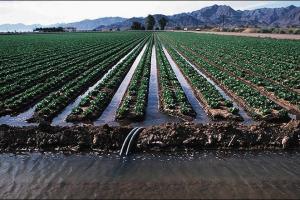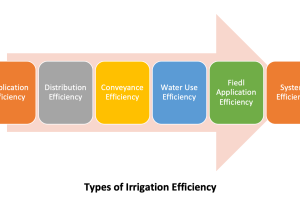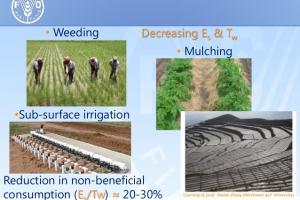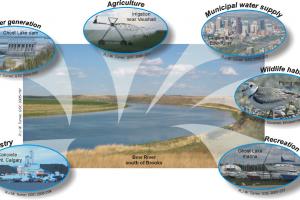Construction of Water Wells
How to construct water wells?
A water well is a lot more than a drilled hole, but for many people, the above ground part of the drilling process is the only part they see. A water well is a specially engineered hole in the ground; For ground water monitoring, or for scientific research purposes, wells may be drilled in a way that allows the specialists to closely examine the rock formations and take frequent water samples. Augured wells and diamond core drilling are drilling techniques often used for scientific purposes. Most home wells are drilled to 8 or 6 inches in diameter. Municipal or irrigation wells are likely to be drilled at larger diameters, sometimes as much as 24 inches or more.
Types of well drilling methods
Three methods typically used for drilling water wells are rotary, air hammer and cable tool:
- Rotary Method of drilling wells
- Air Hammer Method
- Cable tool Method
1. Rotary:
In rotary drilling, a drill bit is attached to a length of connected drill pipe. The drill bit will be made of tough metals such as tungsten, and as the drill is rotated, the bit acts to grind up the rock. The broken pieces (cuttings) are flushed upward and out of the hole by circulating a drilling fluid (sometime called drilling mud) down through the drill pipe and back to the surface. This drilling fluid also serves to cool and lubricate the drill bit, and by stabilizing the wall of the hole, it can prevent possible cavein of unstable sands or crumbly rock before the well casing or well screen is installed.
As the drill intersects water bearing rock formations water will flow into the hole. Most drillers carefully monitor the depth of water "strikes" and keep a note of the formations in which they occur.
2. Air Hammer:
In areas of hard rocks many drillers prefer to use a well drilling technique that uses compressed air to operate a down-hole air hammer on the end of the drill string that helps to break up the hard rocks. The compressed air also blows the crushed rock fragments out of the hole to the surface along with any water that flows in the well during drilling.
3. Cable Tool Method:
See also: ![]() Video of Cable Tool Method
Video of Cable Tool Method
Another drilling technique uses a "pounder" machine, usually referred to as cable tool drilling. With this method, a heavy bit is attached to the end of a wire cable and is raised and dropped repeatedly, pounding its way downward. Periodically, cuttings are bailed out of the hole. The method is slow and in most places has been replaced by rotary drilling. However the cable tool method is responsible for millions of successful wells around the world.
Type 1
Well with impervious lining Resting on impervious layer
- Pit is excavated
- Masonry lining is built up on a kerb upto few meters above ground level
- Kerb - ring (R.C.C) having cutting edge at bottom
- Kerb is descended by loading sand bags
- Masonry sinks down, it is further built at top
- Vertical alignment is done through plumbob
- When w.t is reached, further sinking is done by pumping water
- A JHAM self closing bucket which is operated by pulley and rope
- The soil is retained and water oozes out
- The sinking continues till impervious layer is reached.
- Then bore hole (small dia) is made through impervious layer which is protected by timber lining
Type 2
Wells with pervious lining such as brick stone and fed through pores Sides are lined with bricks or stones without mortar
- Water enters through sides
- Ffor stability concrete plug (1m depth) is installed
- Pervious lining is surrounded by gravel filter
Type 3
No lining at all in kacha wells or unlined wells
- Temporary wells in hard soils
- When water table is high (4m high)
- Cheap and useful but collapse
Cross section of centrifugal pump for tube well
Discharge of open wells 3-6 l/sec
Discharge of tube well 40-45 l/sec
- Tube well is an assembly of pipes and strainers
- It is bored deep into ground intercepting one or more bearing strata (aquifers)
- A centrifugal pump is connected to main pipe of tube well
Considerations / Precautions in drilling wells
- Great skill is needed to guide and control a water well drill as it penetrates sand, gravel, clay and solid rock formations deep underground.
- The drill rods can weigh several tons; if the drill pushes too hard or turns too fast, the drill bit will wear out; if it does not push hard enough, it won't penetrate the rocks.
- There are often several rock layers in a single well; each may need different drilling pressures. Once water is encountered, the driller will need to keep a close watch on the drilling process.
- No matter which method of drilling is used, the top part of the well is usually lined with steel or plastic well casing.
- The diameter of the drilled hole is usually an inch or two wider than the diameter of the casing.
- The space between the drilled hole and the casing (the annulus) has to be filled to prevent the chance of polluted surface water from migrating downward along the outside of the casing where it might contaminate the aquifer. This filling is called "grout"



